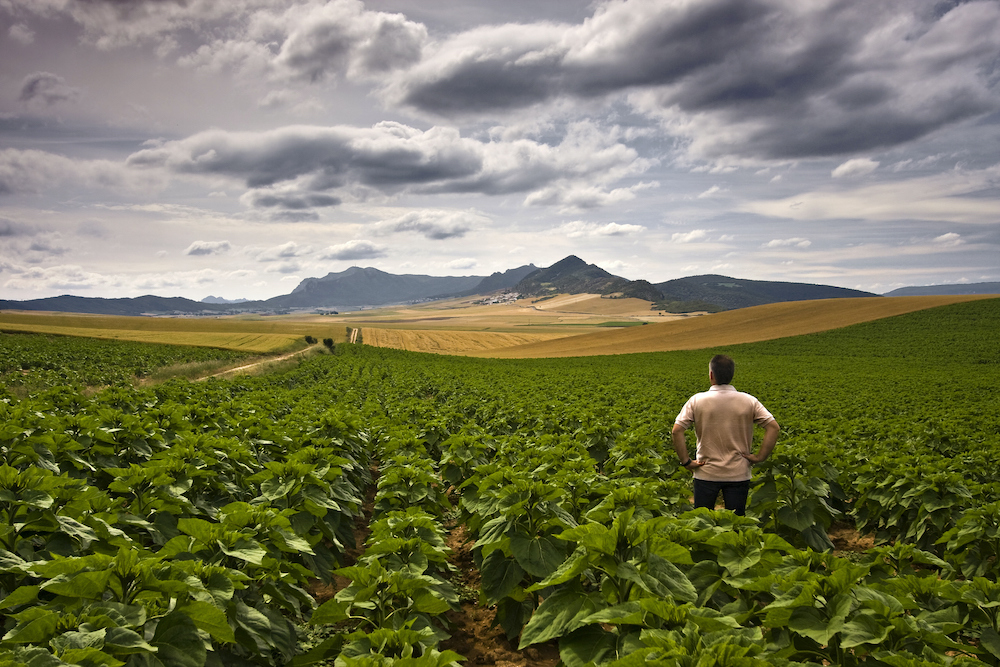Opinion: Take out 'commodity' and give your produce an edge

By Oster and Associates president and creative director Bev Oster
 The question of commodity or brand is a constant struggle within the produce industry. Some would say that a tomato is a tomato, a banana is a banana, and it doesn’t matter where or how they are grown. But as marketers, we know it does matter.
The question of commodity or brand is a constant struggle within the produce industry. Some would say that a tomato is a tomato, a banana is a banana, and it doesn’t matter where or how they are grown. But as marketers, we know it does matter.
No produce professional really wants their fruits and vegetables lumped into the ‘commodity’ category. Each company has something that they offer, a way that they grow or handle their produce, or a service that they offer that makes them unique. Those differentiators are what make a brand.
Consumer education
Being aware of timely trends will help make the branding message more apparent. And in 2012, consumer education is on the top of the priority list for produce.
- Think about the obesity issue with youth, and the positive impact that produce has on maintaining a healthy lifestyle.
- There is currently a baby boom, so educating expectant mothers on nutritional values will impact not only how they eat while they’re pregnant, but also how they feed their babies once they’re born. Focusing on making baby food at home from fresh produce could introduce a new perspective to these young women.
- Studies have shown that for older generations, those who eat more fresh fruits and vegetables lead healthier, more active lives.
It takes a comprehensive campaign to influence the eating patterns of any of these groups. However, there are some common factors to consider. All these shoppers are buying the majority of their produce in markets, so increasing consumer education at the market level is key. Building displays that show consumers a variety of food choices that are good for athletes, stress reduction, weight reduction, or health conscious gourmet cooking can touch shoppers more by their interests than by their chronologic ages. And building ideas and information into these displays generates additional impulse purchases.
Traditionally seniors will have more buying decisions made prior to entering a market than young people. They will arrive with a shopping list, and often not deviate from their intended purposes. Young people want food, and they walk into a market to see what appeals to them. So marketing to seniors when they are at home, and youth as they shop, will be more effective. Recipes and serving suggestions at the displays help with the decision process.
Use technology
Social media, mobile apps, QR codes, electronic coupons – this is the way young people communicate, and surprisingly enough, also the way many older people get information. Branding produce in the future will take all of this, and more, to increase consumption of the products that the produce industry has in plentiful supply for a society that is direly in need of consuming more of what is offered. How this relates to an individual brand is up to the company to make happen.
It’s time to step out of the traditional methods of building brands, and focus on our customers and their needs. That is what makes the transition from commodity to brand, because that’s the company that cares about the end users.

















































